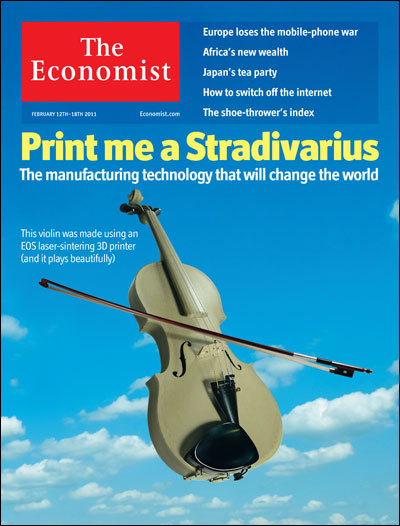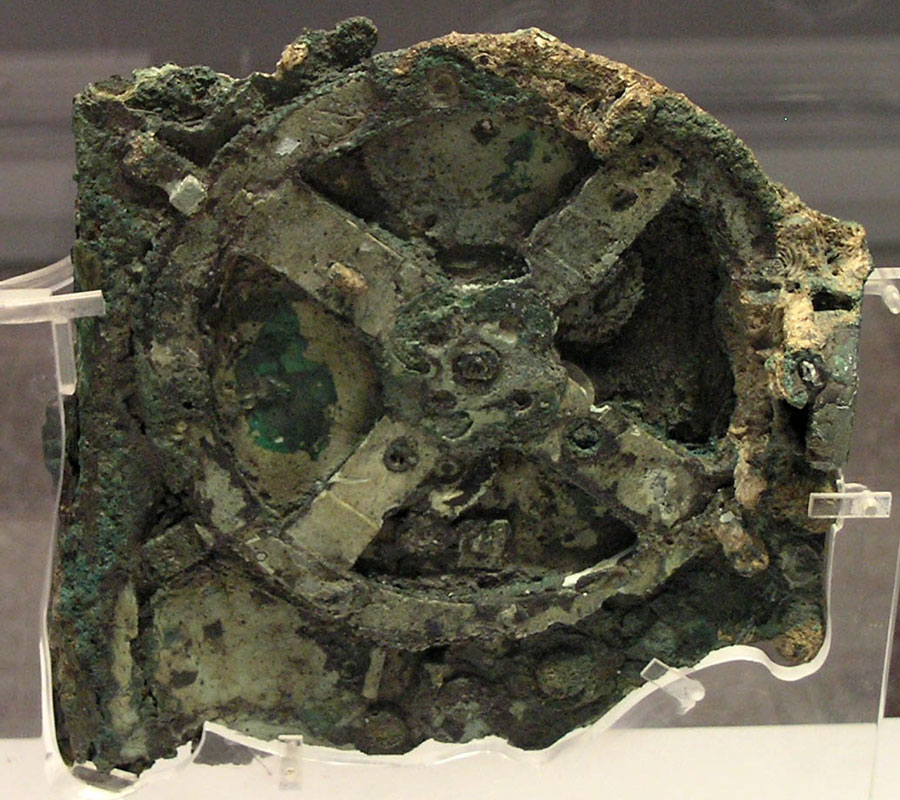
My Name Is Gauhar Jan – these words added spontaneously at the end of a 78 rpm record by one of the most prolific artists of Gramophone Company more than a century ago started a trend in recording, which continued many years after Gauhar’s golden voice faded out. In 1902, Gauhar was requested to record her songs for the first time by the Gramophone Company – she was the reigning diva of Calcutta entertainment industry then. Gramophone Company’s Engineer F W Gainsberg wrote that she was instrumental in ensuring early success for this new medium in India. For every “performance” Gauhar used to charge a princely sum of 3000 rupees! Gainsberg or for that matter, anyone in his place would have been ready to pay that amount for the most popular singer-dancer-entertainer of the era, who could sing in 20 languages and dialects including flawless English. But what astonished Gainsberg more than her singing prowess was her wealth and fashion statement – she always came in a new gown and never even repeated her jewels!

Gauhar Jaan gave her maiden performance at the age of 14 at the court of Maharaja of Darbhanga in 1887 and since then came to dominate Hindustani classical music-dance scene for the next few decades. She was pretty with beautiful eyes and had a rich voice but more than that she was intelligent and could floor any connoisseur with her magnetic charm. Her new compositions along with her new fashion styles and quick repartee used to leave her rich patrons spellbound. She was much more than an ordinary tawaif – her rendition of thumris and dadras were copied by budding classical singers, including a young Begum Akhtar. She belonged to that era of transition, where thanks to large-scale concerts at the houses of some of the rich patrons and then with Gramophone records, she could enthrall even ordinary music aficionados. And thus the legend of Gauhar Jaan was born. Even almost a century later, Gauhar still captivates us as the last diva of the pre-silver screen era. A recent book by Vikram Sampat – which very thoughtfully comes with a CD of her songs – captures the mystique of Gauhaar Jaan effectively. I recently also happened to watch a (highly forgettable) Bengali play on her life – Jaan-e-Kolkatta.

Angelina Yoward, an Armenian Jew, was born on 26th June 1873 at Ajamgarh, UP. Her father William Robert Yoward was working at a dry ice factory there. Her mother Victoria Hemmings was born and brought up in India and received training in Hindustani Classical music and dance. A few years after Angelina’s birth, Victoria ran away with a minor Muslim noble man. It was then Victoria adopted Islam and changed her name to Malka Jaan and Angelina became Gauhar. Gradually Malka became a famous Kathak dancer and classical singer in Benaras-Lucknow circuit. She came to be known as Badi (eldest) Malka Jaan, as there were at least three other tawaifs of that name then and she was the senior most. With Calcutta – the seat of power and business - emerging as a capital of culture too, Badi Malka shifted base in 1883 and found herself at the court of exiled Nawab of Lucknow, Wajed Ali Shah.
It was in Calcutta, Gauhar received training from the best experts of that time. After her first concert, she soon eclipsed other singers and as her record labels proclaimed, she was the “first dancing girl” of her time. She used to go to various royal courts all over India and gave performance at Town Halls in different cities. In 1911, she performed at the Coronation Darbar in Delhi, where along with Janki Bai of Allahabad, she sang “Muarak ho Mubarak ho, tajposhi ka jalsa”. It is believed that her recording of a Khayal in Raag Jogiya in November 1902 is the first Gramophone recording in India. She recorded in her life time a mind-boggling 600 records in different languages and was chiefly instrumental in popularizing light Hindustani classical. Very few people could actually gain entry to her famous Chitpur Road residence or afford to invite her for a performance. But her mystique was partly built on that – an extraordinary talent not easily accessible to public. It is said that Gauhar used to drive past Calcutta Maidan in her huge phaeton and was once fined Rs 1000 for obstructing the passage of the Viceroy, who apparently charmed by her beauty took his hat off and acknowledged her greetings!

Gauhar, incredibly rich at the height of her fame, lost her wealth and properties due to machinations of her manager turned husband. Gauhar – Court Singer at different points at Darbhanga and Rampur, finally decided to go to Mysore in late 1928 as a Palace Musician after she lost even her Chitpur Road and Free School Street residences. Gauhar died in Mysore on January 20, 1930. Before that in Calcutta, a broken heart Gauhar was forced to teach young stars, where she reportedly sold a bandish for one rupee but could not bring down herself to accept fees from her students directly. One of her students later recounted how she used to leave coins under the pillows. As Bombay eclipsed Calcutta as the centre of entertainment industry in late 1930s, along with many others this student of Gauhar, Jaddan Bai shifted base to Bombay, where she sang and acted in films. Very few people today remember Jaddan Bai, but all of us know her famous daughter Nargis, who was born as Fatima Rashid in Calcutta in 1929.



